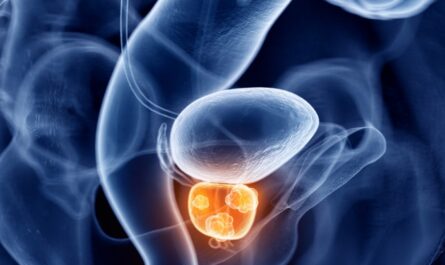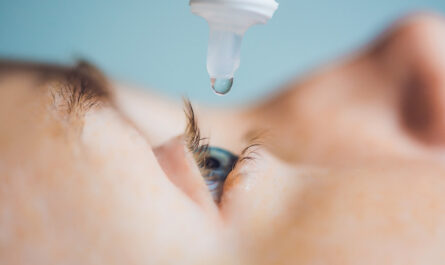
Tooth loss has been a nightmare for humankind since antiquity. Once a tooth is lost, it was considered permanent and could only be replaced with artificial substitutes like dentures or dental implants. However, recent advances in regenerative medicine are bringing the hope of actual tooth regeneration. Research in this field has the potential to transform dental care and give patients their natural teeth back.
Stem Cells Can Regenerate Teeth
Scientists have made significant progress in growing tooth tissues from stem cells in the lab. Various studies have shown that it is possible to regenerate dentin, enamel and pulp using dental stem cells. Different types of stem cells like dental pulp stem cells, stem cells from exfoliated deciduous teeth and dental follicle progenitor cells have shown the ability to form tooth crowns and roots when implanted. The success of these studies indicates that stem cell therapy holds promise to replace lost teeth with bioengineered tooth structures.
Generating Whole Tooth Structures
Going beyond growing individual tooth tissues, researchers have now succeeded in generating whole tooth structures and organoids. In one prominent study, scientists from Japan grew molar-like tooth structures by culturing murine dental epithelial and mesenchymal cells together in a 3D environment. The regenerated structures contained all the major components of a natural tooth like dentin, enamel space and pulp cavity. Similarly, other studies have grown tooth bud-like organoids from human dental pulp stem cells which self-organized to form cusp-like morphologies. These breakthrough advances bring researchers closer to the goal of regenerating a fully functional bioengineered tooth.
Clinical Trials of Tooth Regeneration
While lab experiments have proven the concept, clinical translation still requires extensive testing. Some early clinical trials so far have focused on regenerating small tooth structures with limited functional recovery. A clinical pilot in Japan implanted a bioengineered tooth germ into the jaw of a pig to regenerate small tooth crowns. Another trial implanted a polymer scaffold seeded with stem cells in five human patients and observed new dentin regeneration. However, fully functional tooth regeneration in humans still requires more research. Larger clinical studies are ongoing to test the safety and efficacy of regenerating whole teeth that can restore normal functions like chewing and speech.
Challenges in Clinical Translation
Despite significant progress, regenerating a whole functional tooth suitable for human therapy still presents numerous challenges. Maintaining the balance between odontogenic and non-odontogenic fate of stem cells during regeneration is difficult. There are also issues with vascularization and innervation of regenerated tissues. Additionally, precise reproduction of complex tooth morphologies, sizes, shapes and arrangements needs to be addressed. Scientific hurdles related to biomaterials, cell delivery methods and in vivo developmental cues must also be overcome. Substantial multidisciplinary research efforts combining dentistry, stem cell biology, biomaterials and developmental biology will be needed to transform tooth regeneration into a viable clinical option.
Future Prospects and Conclusion
While regeneration of a fully-functional tooth still remains a long-term goal, the field is steadily progressing. Continuous advances are expected in developing better 3D culture systems, growth factors and scaffolds to closely mimic natural tooth development. There is also hope that once clinical translation begins, additive manufacturing and tissue engineering approaches may help precisely fabricate replacement teeth. With its comprehensive regenerative capacity and implications for oral health globally, tooth regeneration promises to revolutionize dentistry. If challenges are addressed systematically, the first human tooth regeneration therapy could become a reality within this decade, restoring smiles and confidence lost to tooth loss. The field provides a shining example of how stem cell science can deliver on the promise of regenerative medicine.
*Note:
- Source: Coherent Market Insights, Public sources, Desk research
- We have leveraged AI tools to mine information and compile it



